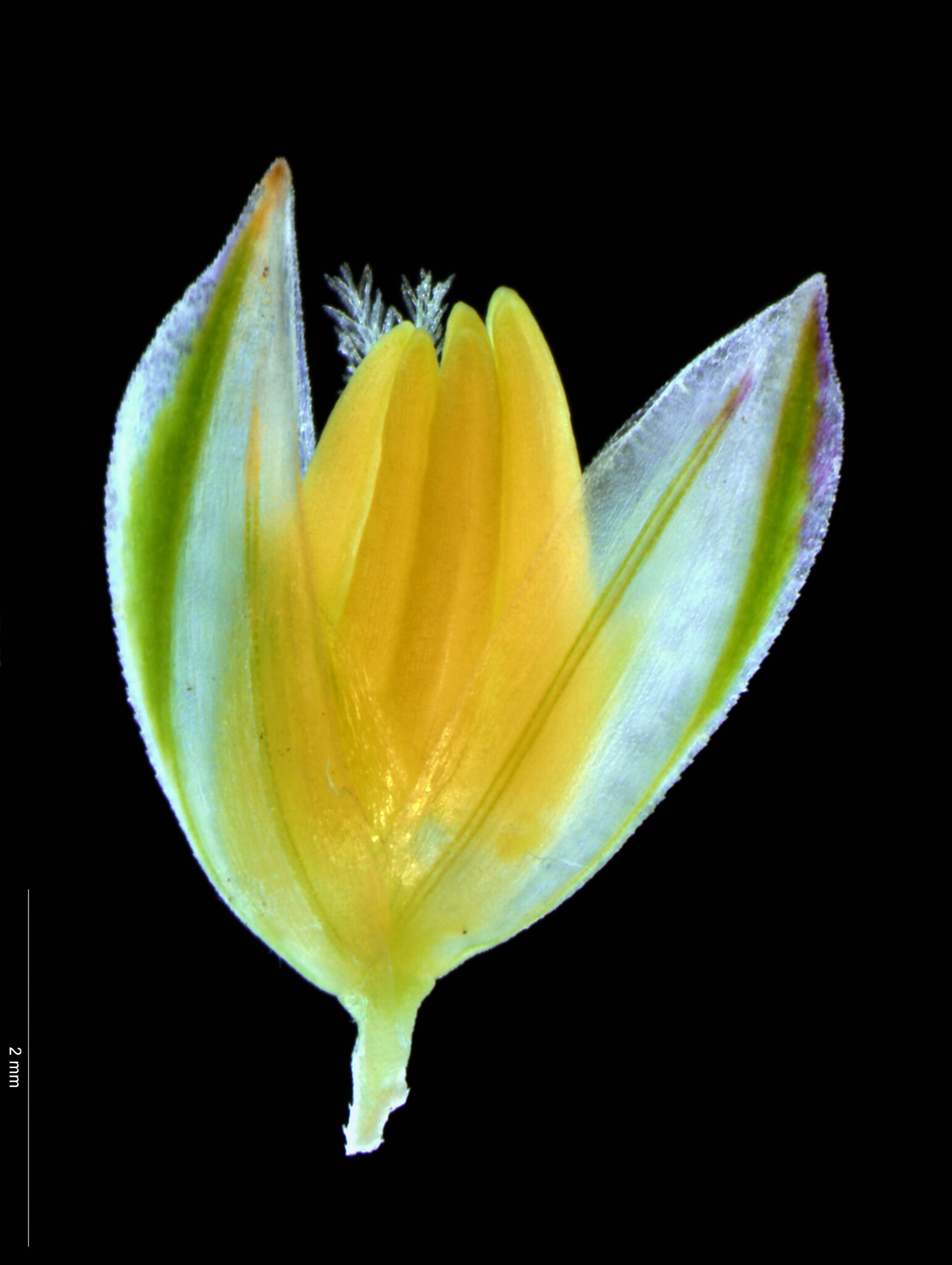
Early Greek name for grass but possibly derived from the Greek phalos – shining, referring to the shiny lemmas of this genus.
Coarse-textured deep-rooted annuals or perennial grasses, tufted to long-rhizomatous. Leaf blade linear-lanceolate, rolled in bud. Ligule membranous or papery. Inflorescence a dense ovoid to cylindrical spike. Spikelets strongly laterally flattened with 2 or 3 florets, the lower 1 or 2 sterile and reduced to small scale-like lemmas, the upper floret bisexual. Glumes 2, strongly 3-5 nerved, ridged and usually winged, as long as or longer than the concealed florets. Terminal floret rigid, shining. Lemma fertile, 3-5 nerved. Palea 1 nerved, keel-less.
Mostly wayside weeds and pasture grasses.
Seed.
Mostly pasture grasses used for hay and fodder; sometimes used for erosion control; seed sometimes used as domestic bird feed, especially P. canariensis.
Tall grasses, often over 1 m; inflorescence, compact, an ovate to cylindrical panicle.
21 species from temperate Northern Hemisphere and South America. 9 species naturalised in Australia.
Anderson (1961).
Source: (2005). Poaceae. In: . Horticultural Flora of South-eastern Australia. Volume 5. Flowering plants. Monocotyledons. The identification of garden and cultivated plants. University of New South Wales Press.
